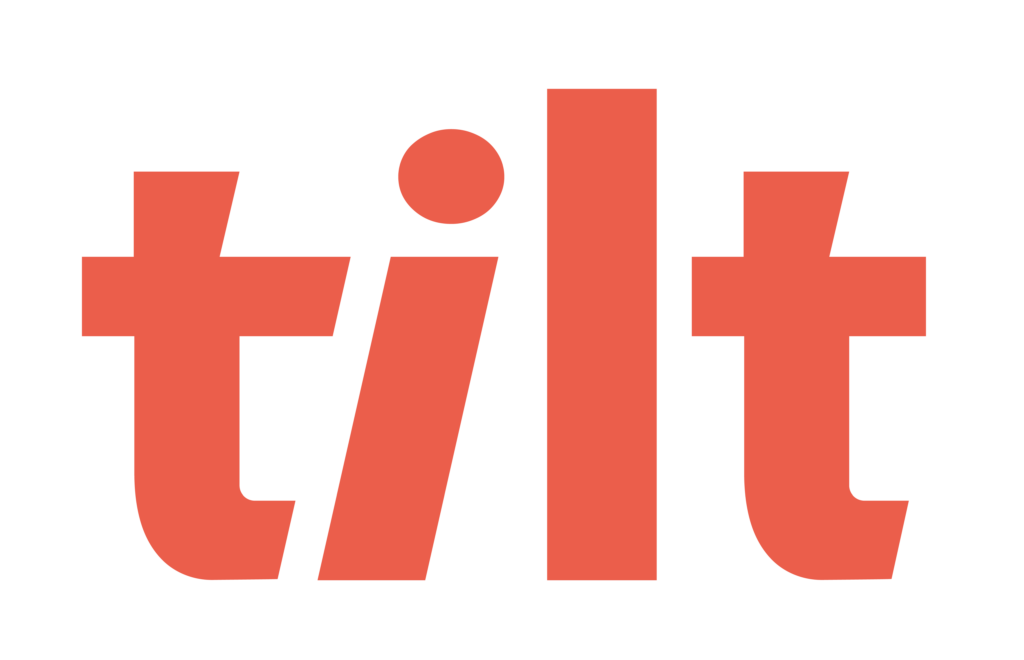Well, would you look at that? It’s a day that ends in “y,” which means it’s a day that HR professionals are being tasked with more responsibilities than ever.
From balancing employee well-being, organizational efficiency and everything in between, HR leaders have noticed a shift in perception of their true impact. And it comes with a shift in mindset.
As a Chief People Officer for The Granite Group, Tracie Sponenberg was leveraging technology and automating processes to survive their organizational growth, but that wasn’t what established her team as a trusted partner throughout the org.
“It was shifting away from being the complaint department and the compliance police,” she said on the Modern People Leader Podcast. “Now, we’re coaches, consultants, and guides, and we help people to help themselves. And, we aggressively, in a good way, work with our managers to make sure that they’re equipped to handle the day-to-day things.“
Tracie also emphasizes the importance of getting buy-in from other decision-makers, and in order to do that it’s going to require coming to the table with data. And once that happened, they “outsourced, got rid of, and automated the day-to-day things, so that the team could focus on the fun, more strategic things.
In the world of leave of absence, successful administration can often feel like navigating a maze with trap doors and hidden surprises around every turn. However, by leveraging leave data strategically, HR leaders can transform what is traditionally viewed as a cumbersome process into a powerful tool for workforce planning, compliance, and more.
Here’s how.
1. How Leave Data Improves Workforce Planning
Employee leave data offers a wealth of insights that can dramatically improve workforce planning.
By analyzing trends such as which policies are used the most, frequency of employee leave requests (and time of year), and duration of absences, HR leaders can help organizations proactively anticipate staffing gaps and make better decisions about workforce capacity.
With this leave data in HR’s quiver, you can be your organization’s catalyst for ensuring adequate workforce coverage, optimizing operational efficiency when it would otherwise be derailed, and putting your organization in a position to achieve their goals.
In fact, it’s been shown that companies that integrate workforce planning into their overall strategy are 3.5 times more likely to outperform their competitors. Moreover, predictive analytics, which should include leave data, is being adopted by 60% of large enterprises to forecast future talent needs.
Utilizing this data enables organizations to mitigate the impact of unexpected leaves of absence, optimizing staffing and minimizing costly overtime or reliance on temporary replacements.
2. Leave Data Leads to Compliance Confidence
Fewer complaints about compliance sounds comical if you aren’t completely sure your leave data is pure.
Compliance with labor laws and regulations is as critical as it is complex and leave management plays a significant role.
Managing leave data effectively helps ensure compliance with regulations like FMLA nationally, as well as various state-specific (and sometimes municipality-specific) leave mandates. Failure to comply with such laws can result in hefty fines or legal penalties, not to mention damage to an organization’s reputation.
Lawsuits are certainly expensive.
In fact, the average cost to defend an FMLA lawsuit is $80,000. They aren’t only expensive, though, they can also be extremely labor-intensive and time-consuming to resolve and thus remarkably disruptive.
By leveraging leave data, HR teams can more accurately track employees’ leave entitlements, monitor usage, and ensure that all time off is properly recorded. Automating these processes through data-driven tools minimizes the risk of errors that could lead to non-compliance, providing peace of mind for HR teams and company leadership.
3. Better Employee Experience With Better Leave Data
Leave data isn’t just useful for the organization operationally, it’s also a key to enhancing the employee experience.
When HR leaders analyze patterns in leave requests, they can better understand employee needs and adjust leave policies accordingly. For example, if data reveals a high frequency of leave requests related to family caregiving, organizations might consider expanding family leave options or providing more flexible working arrangements.
In a recent study by Tilt, employers who used a leave-specialist vendor to help administer employee leaves found that employees were more likely to hit their OKRs and more likely to stay employed with the organization the year after they returned from leave.
Offering more tailored leave policies based on real data leads to greater employee satisfaction, fostering a culture of trust and support. This, in turn, can improve retention rates and overall workplace morale, making the organization more productive and attractive to top talent.
4. How Does Leave Management Control and Reduce Costs?
Leave-related costs can spiral out of control if not properly managed.
Data on employee leave can help organizations track and minimize these costs, whether they are associated with temporary replacements, overtime expenditures, or payroll overpayments.
By gaining visibility into leave patterns as well as being able to forecast upcoming gaps in the workforce, HR teams can identify inefficiencies and work cross-functionally to account for gaps in production and adjust policies to reduce unnecessary expenditures.
Leveraging data to automate and monitor leave processes can significantly reduce this financial leakage. Additionally, modern leave management tools can use demographic data from your HRIS in real time to ensure overpayments to employees don’t occur.
For example, if you have 50% of your workforce in a Paid Family Leave (PFL) state and 50% in a non-PFL state, but you’re covering 100% of your employee’s time on leave and not asking them to file for state-funded benefits, you could be saving your organization a tremendous amount of money by leveraging this data and changing your policy.
5. Leave Software For Strategic Decision-Making
Leave data can serve as more than just a tactical resource, it can also inform broader strategic HR initiatives.
By leveraging data from leave software like Tilt, HR teams can align leave management with key business objectives, as a study by SHRM found that 56% of HR professionals believe using analytics for HR decisions has positively impacted their organizations’ overall business performance.
Moreover, data on employee leave can help organizations tailor their wellness programs. For example, high instances of stress-related leave might indicate a need for mental health support, leading to more effective wellness strategies that promote long-term employee health and productivity.
Incorporating leave data into HR’s broader strategic decisions ensures that organizations are not just reacting to absences but using this information to drive initiatives that improve employee well-being and align with business goals.
Better Leave is Good for HR and Good for Business
Incorporating leave data into HR practices is a game changer for modern organizations. From improving workforce planning to enhancing compliance, boosting employee satisfaction, controlling costs, and informing strategic decisions, the benefits are clear.
By taking a data-driven approach to leave management, HR leaders can position their organizations for greater efficiency, resilience, and success in the long term.
Solutions like Tilt make managing leave easy and empathetic while giving HR the data to be difference-makers within the organization.
Tilt is leading the charge in all things leave of absence management through easy-to-use tech and human touch. Since 2017, our proprietary platform and Empathy Warriors have been helping customers make leave not suck by eliminating administrative burdens, keeping companies compliant, and providing a truly positive and supportive leave of absence experience for their people.







